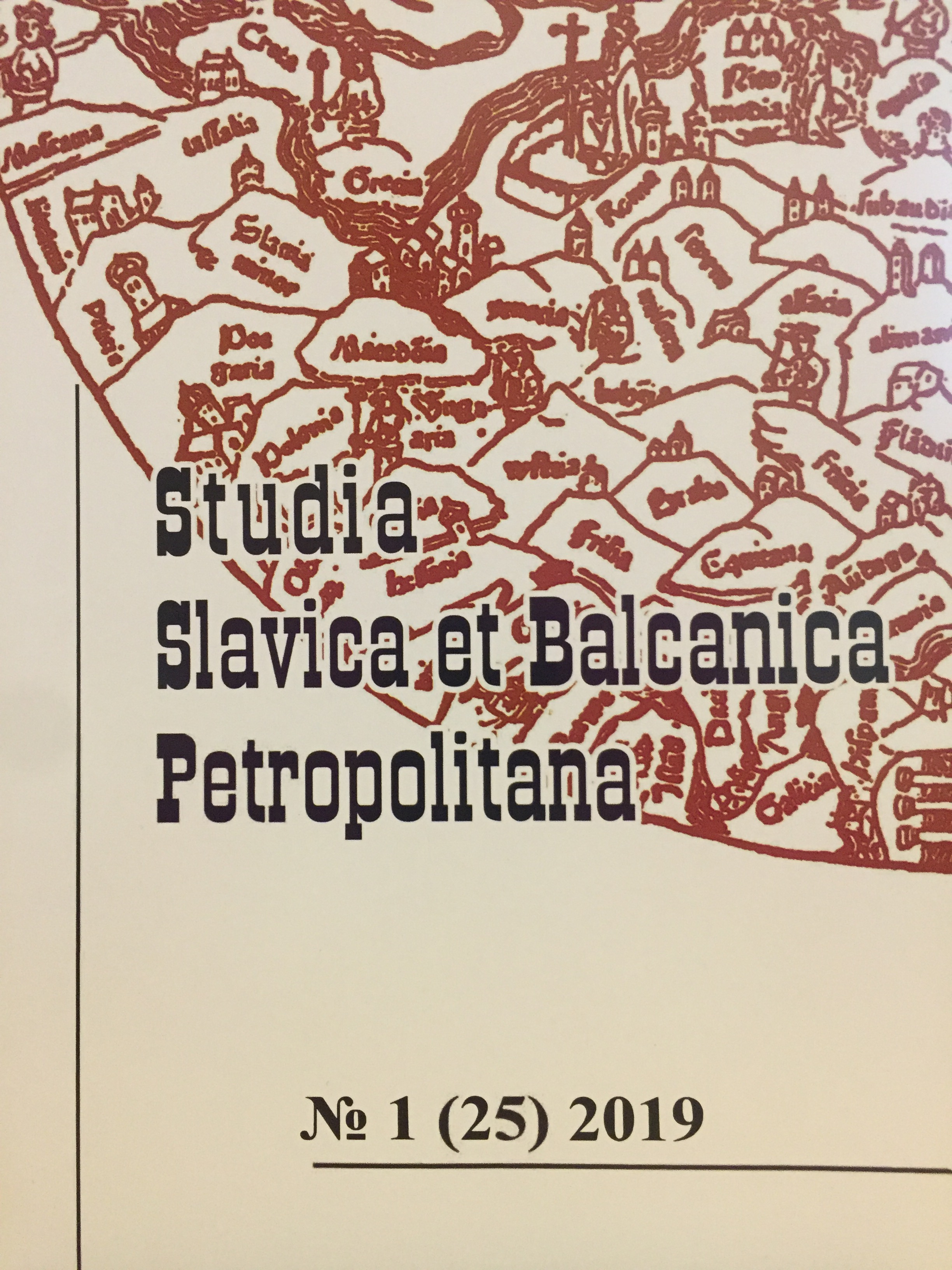Пиротский килим – от покрывала до сербского национального визуального символа
Pirot kilim – from veil to Serbian national visual symbol
Author(s): Marina TsvetkovichContributor(s): Alena Alekseevna Mikhaylova (Translator)
Subject(s): History, Cultural history, Ethnohistory
Published by: Издательство Исторического факультета СПбГУ
Keywords: Pirot carpet weaving; Serbia; national symbol; weaving; tradition
Summary/Abstract: Due to its outstanding artistic, cultural and historical value, Pirot carpet weaving is considered to be the highest achievement of the Serbian weaving tradition. Its main characteristics, meaning and historical path is considered in article. The transformation of the city Pirot in the center of carpet weaving in the XIX century was promoted by its advantageous geographical position and economic factor, which consisted in the distant herding traditionally developed in this region, which provided the raw materials necessary for the development of weaving - high-quality sheep wool. After the liberation of southern Serbia in 1878 from the Ottoman Yoke, the Pirotickilims became a prestigious attribute for interior design of Serbian population. At the end of the XIX- the beginning of the XX centuries, during the period of renewal and constitutionalization of the Serbian state, they entered the public space and assumed the function of the Serbian national symbol. Pirotkilims began to decorate sacred objects, royal courts, government offices. They were act as a solemn attribute at historical events, competitions, parades, congresses and major international exhibitions. Their hand-made productiontechnology remained unchangedfor centuries. So in the 21th century these items are single-piece, exclusive, expensive products, which value is determined by the geographical origin, historicity and symbolism. Archaic patterns, traditional techniques, natural materials and the history of their existence make the Kilims worthy objects of museum collections all over the world, but their richest collection is kept in the EthnographicMuseum in Belgrade.
Journal: Петербургские славянские и балканские исследования
- Issue Year: 2019
- Issue No: 1 (25)
- Page Range: 23-37
- Page Count: 15
- Language: Russian

